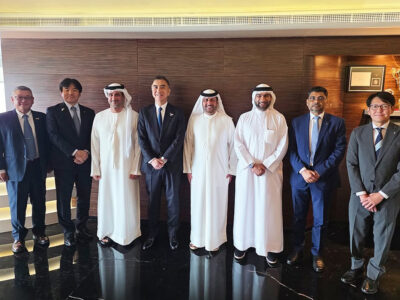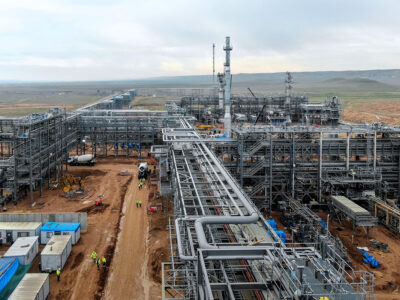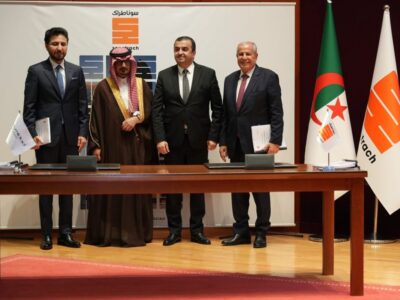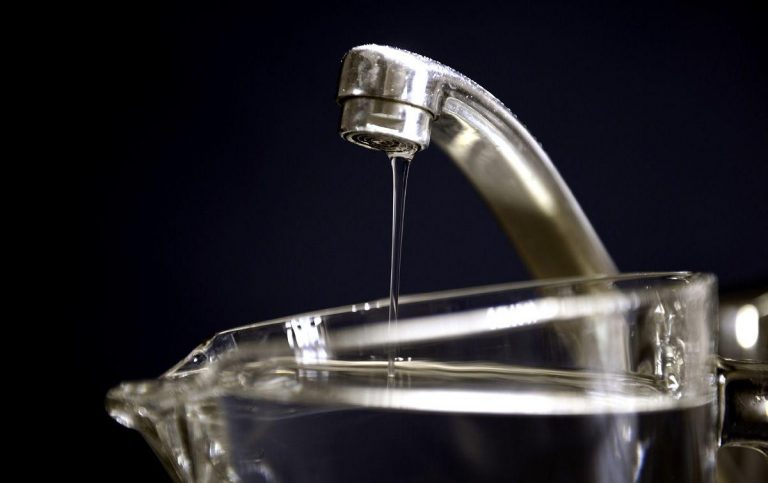The GCC will increase its total seawater desalination capacity by nearly 40 percent by 2020 in an effort to meet the rapidly increasing demand for potable water in the region, according to new figures.
The data, revealed by the International Water Summit in collaboration with MEED Projects said the GCC’s current seawater desalination capacity of approximately 4,000 million imperial gallons a day (MIGD) is set to increase to more than 5,500MIGD over the next 5 years as the GCC states invest heavily in increasing potable water supply.
Desalination is becoming an increasingly important matter for countries like the UAE and Qatar which have experienced rapid rises in demand for water on the back of strong economic and population growth, and Saudi Arabia where groundwater supplies are depleting.
As a result, there is a growing need for new water resources, said Ed James, director of content & analysis at MEED Projects.
Currently, demand for potable water in the region is about 3,300MIGD, and is expected to grow to about 5,200MIGD by 2020, he said.
While current reserve margins between supply and demand appear to be at comfortable levels, at country and local network levels the supply-demand gaps are much smaller.
For example, while Qatar and the UAE have enjoyed comfortable reserve margins in recent years, Saudi Arabia, Oman and Kuwait have faced real challenges meeting demand, especially during the summer months. Ageing plants also do not always operate at full design capacity, further reducing the theoretical total output.
James added: “As oil revenues decrease and the issue of water has risen up the political agenda, governments have acted to try and dampen demand and reduce capital and operational expenditure.”
Earlier this year Abu Dhabi imposed water tariffs for the first time for UAE nationals while increasing existing prices for expatriate users as a means of decreasing subsidies and lowering demand.
The move emulated Dubai’s decision in 2010 to raise water tariffs with the result that annual demand growth slowed from 10 percent to just 4 percent in the emirate.
James said: “Our data shows that over the last 10 years, the region has invested $76 billion in standalone water projects. If we add the power component investment of these desalination facilities, that figure exceeds well over $100 billion.
“Going forward, we expect the largest investments to be made in Saudi Arabia, Abu Dhabi, Oman and Kuwait, which have the steepest short-term demand projections. The addition of more than 1,500MIGD of new capacity will likely require a similarly large amount of investment.”
In 2013, the UAE clean energy company Masdar launched a pilot programme to test and develop advanced energy-efficient seawater desalination technologies, such as reverse and forward osmosis, suitable to be powered by renewable energy.
The long-term goal of the programme is to implement renewable energy-powered desalination plants in the UAE and to have a facility at commercial scale by 2020.
Four international water technology companies have been selected to construct small-scale desalination plants along the Abu Dhabi-Dubai border in this phase of the pilot project that will run until 2016.
The International Water Summit, part of Abu Dhabi Sustainability Week, takes place January 18-21 2016 at the Abu Dhabi National Exhibition Centre.








